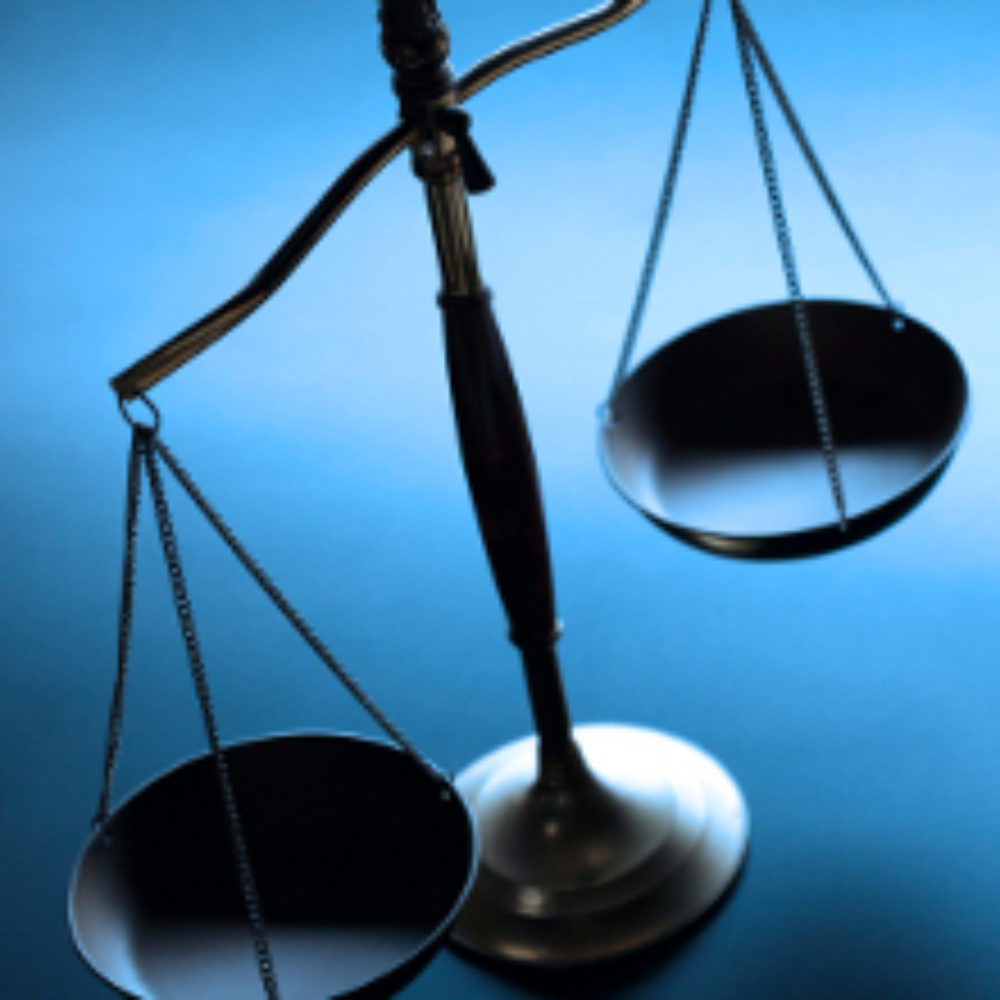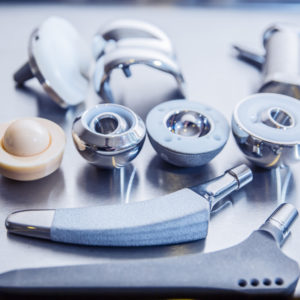Stryker Rejuvenate Hip Recall Settlements May Cost $390M

Stryker Corp. estimates that the total costs associated with their Rejuvenate hip recall, including payments to cover additional medical treatment and personal injury settlements paid to individuals who received the defective modular hip implant, could cost the company up to $390 million.
The company released the estimate as part of an earnings report last week, where it was announced that an additional charge of $174 million was taken during the fourth quarter of 2012. When combined with previously recorded reserves, the funds were set aside to cover the minimum range of liability stemming from the recalled hip implants.
A Stryker recall for the Rejuvenate and ABG II modular neck hip stems was issued in June 2012, after it was discovered that the components were associated with fretting and corrosion at the modular neck junction, which may cause pain, swelling and failure within a few years.

Learn More About
Lawsuits are being reviewed for several different dangerous and defective hip replacement systems.
Learn More About this Lawsuit See If You Qualify For CompensationUnlike traditional hip replacement systems, which involve a single femoral component, the Stryker Rejuvenate hip featured a two-part neck and stem design, which allowed surgeons to customize the length to match the patient. However, while hip replacements are expected to last 15 to 20 years, the Stryker hip was recalled only three years after it was introduced.
A growing number of individuals who received the implant are now pursuing a Stryker Rejuvenate hip lawsuit against the manufacturer, alleging that Stryker failed to adequately research the design or warn about the increased risk of problems with the modular neck-stem design.
Although Stryker Corp. indicates that the ultimate total costs will depend on a number of factors that are difficult to predict, the company has estimated that the probable loss to settle the Rejuvenate recall claims will be in the range of $190 million to $390 million, before third-party insurance recoveries.
In addition to estimating the cost of all Stryker Rejuvenate hip settlements, the manufacturer has also recommended that all individuals who received the recalled modular femoral neck implant should contact their doctor, even if they are not currently experiencing any problems or complications.
Stryker has indicated that they intend to reimburse patients for reasonable and customary costs associated with testing and treatment required by the Rejuvenate hip, including any necessary revision surgeries.
The company has hired Broadspire Services, a third-party claims administrator, to address some patients who have complained of Rejuvenate hip problems. The same company was retained following a DePuy ASR metal-on-metal hip recall that was issued by a Johnson & Johnson subsidiary in August 2010.
Hip replacement lawyers who represent individuals impacted by defective and dangerous implant designs to be careful in any dealings with Broadspire or Stryker, as the companies may attempt to get patients to give away important legal rights, release medical records and even turn over removed components, with no guarantee that they will receive fair compensation or settlement for their Rejuvenate claim.
In October, a group of plaintiffs who have brought their cases in New Jersey state court, filed a request to centralize the Stryker Rejuvenate hip litigation as part of a “mass tort” or “multi-county litigation,” which would result in all cases pending throughout the state being assigned to one judge for coordinated handling.
Get more articles like this sent directly to your inbox.
"*" indicates required fields






0 Comments